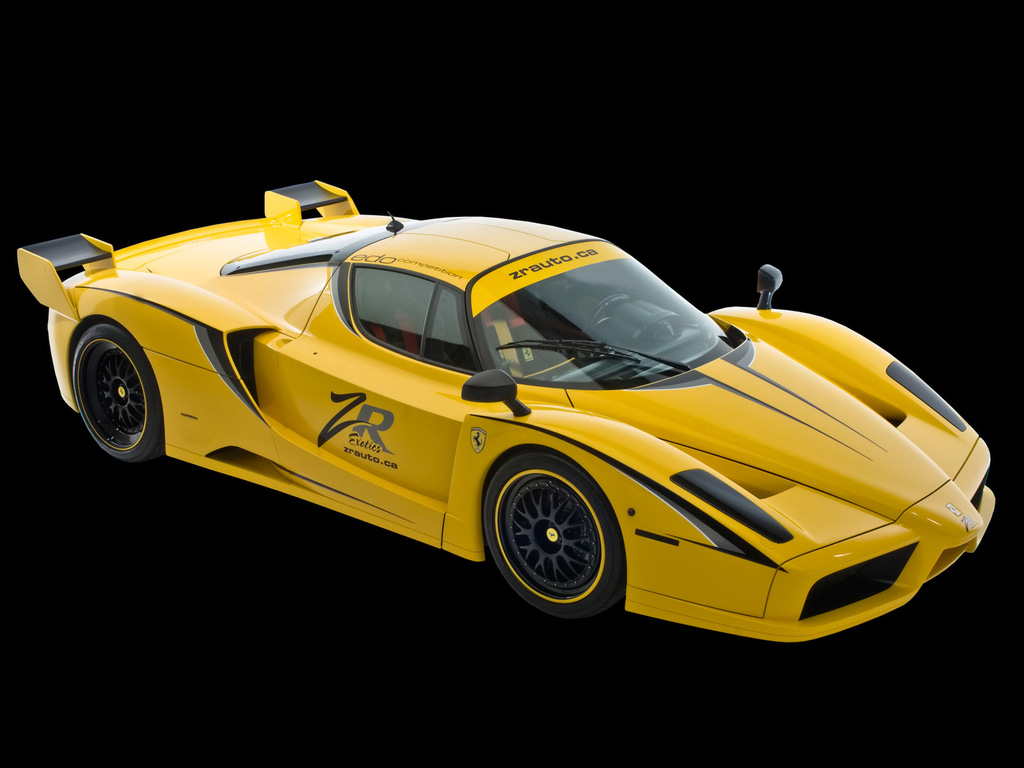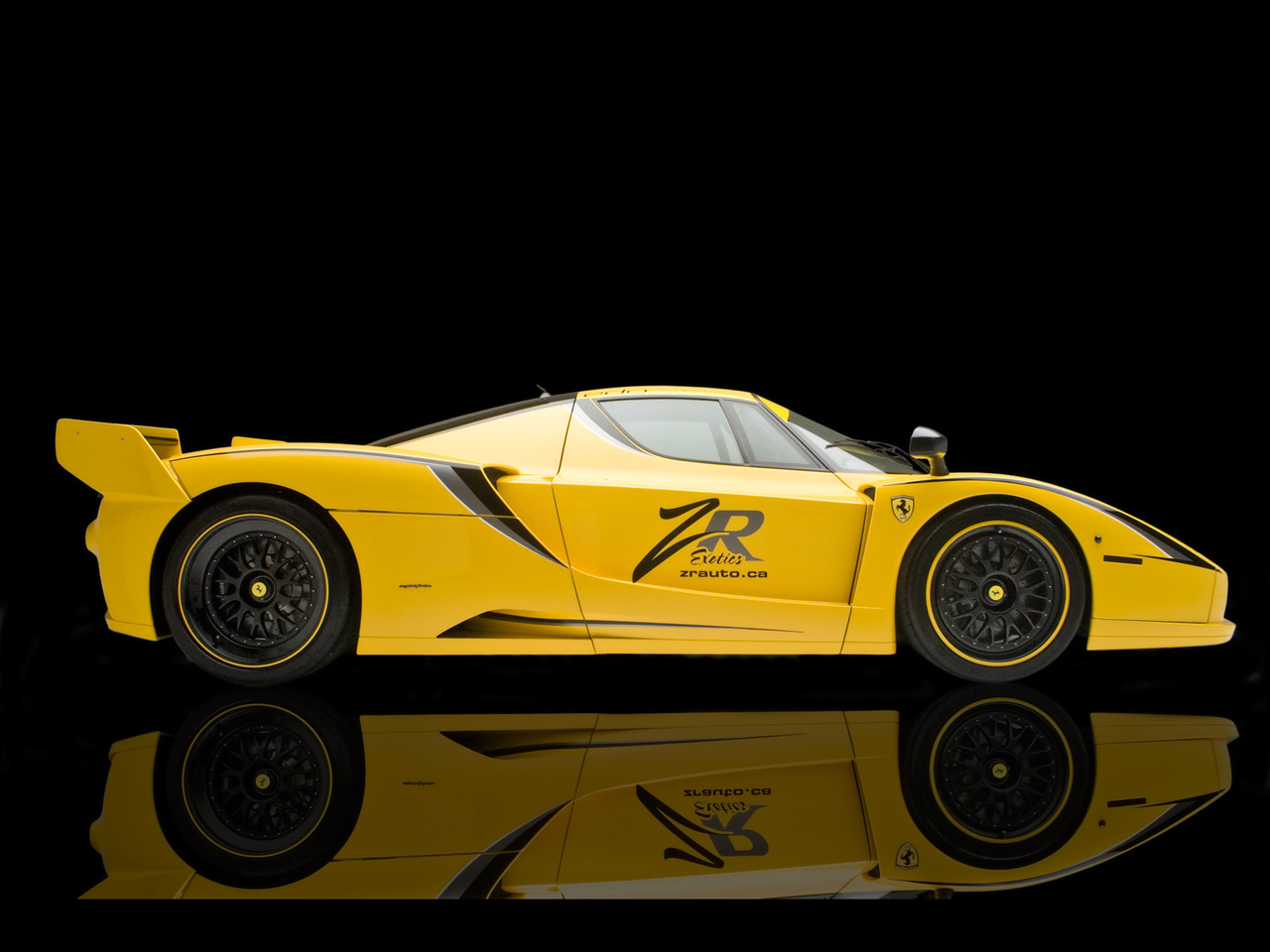
Ferrari Edo Competition Enzo XX Evolution

Ferrari Edo Competition Enzo XX Evolution

Ferrari Edo Competition Enzo XX Evolution

Ferrari Edo Competition Enzo XX Evolution

Ferrari Edo Competition Enzo XX Evolution
INTRODUCTION:Ferrari Enzo is one of the most exclusive and rare cars available on the tuning market with a 6.0-liter 12 cylinder mid-engine berlinetta. Dubbed the Enzo XX Evolution, Edo Competition took it to the next level by increasing the performance with several aftermarket parts. They were able to increase the displacement from 6.0 to 6.3-liters, added new camshafts, connecting rods, titanium valve spring retainers, and then modified the cylinder heads for the displacement increase.HIGHLIGHT:High performance exhaust headers were installed, along with high flow catalytic converters and a muffler. The stock hydraulic tappets on the Ferrari Enzo were replaced with solid tappets that allow the 12 cylinder Enzo XX Evolution to rev a remarkable 9,600 rpm. Edo Competition was able to boost the Ferrari Enzo to 840 horsepower, while making the vehicle 100 kilograms (220 lbs) lighter.
SPECIFICATIONS:Power and all power – that is the exact term for the 2010 Edo Competition Ferrari Enzo XX Evolution. Power in the sense that should be a mogul in order to purchase it and all power because one has all the right to display such a remarkable piece of metal with the following features:
• 6.3 liter V12 engine
• 840 horsepower at 575 lb-ft @ 5800 rpm torque
• Top speed of over 242 mph
• 3.2 seconds at 0 to 62 mph
• High performance clutch – strada or pista friction pads
• Stainless steel muffler with two different levels or pitch of sound
ENGINE:A bump in displacement from 6.0 to 6.3 liters, new camshafts, new titanium valve spring retainers and connecting rods, modified cylinder heads, new high performance exhaust headers, high flow catalytic converters, mufflers and air filters: that’s the scope of edo competition’s engine modifications. The standard hydraulic tappets are replaced with newly developed solid tappets, enabling the 12 cylinder engine to rev to an incredible 9,600 rpm. This is unmatched by any other 12 cylinder engine at this time! Additionally the intake system of the V12 was modified, a new high performance clutch - available with „strada“ or „pista“ friction pads - and a more powerful oil pump were installed. The power output is increased by 180 to 840 horsepower. Without mufflers more than 860 horsepower is possible. The maximum torque of 780 Nm (575 ft-lb) is available at 5,800 rpm.
DESIGN:The edo/KW race suspension from the FIA GT series was retuned for the Enzo XX Evolution, promising ultimate driving dynamics. The nose lift functionality is retained. The low-friction 3-way adjustable shock absorbers can be adjusted to the individual tastes of the driver and provide excellent steering precision and feedback. The edoinstalled tire pressure monitoring system displays the pressures for each of the four wheels. Providing ample grip for the edo Enzo XX Evolution are 19 inch front wheels and 20 inch rear wheels with 335 mm wide tires. The drive shafts were replaced due to the higher propulsive forces acting on them. The new units are 4 kg (8.8 lb) lighter and considerably more robust in order to cope with the enormous power increase.
CONCLUSION:The Ferrari Enzo XX Evolution received a new rear skirt with rear wing profile adjustable in 3 steps and a retractable rear wing with a taller flap to increase downforce and improve stability. This won’t be the last modified car from Edo Competition so stay tuned for the lastest car tuning news.



